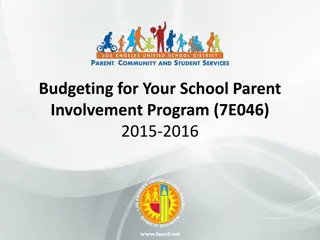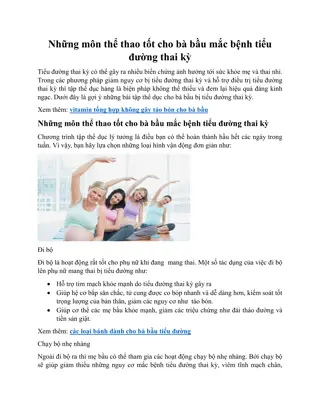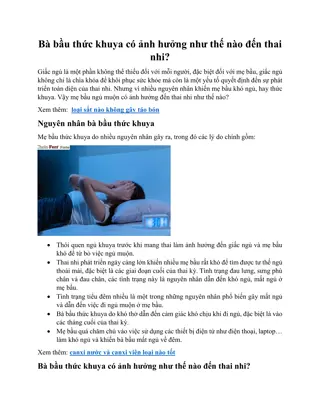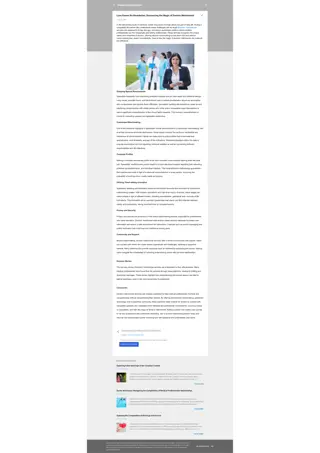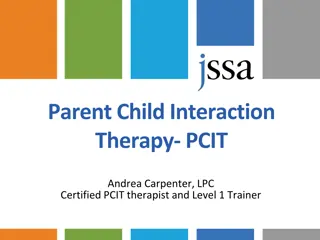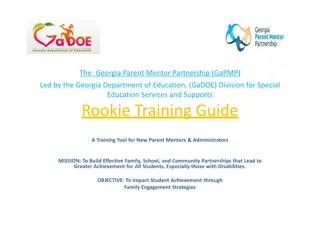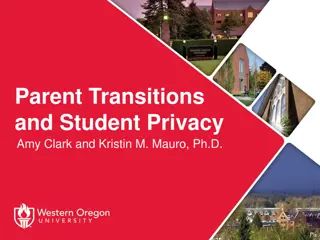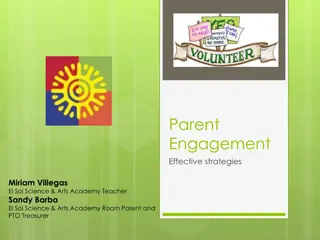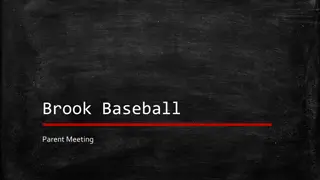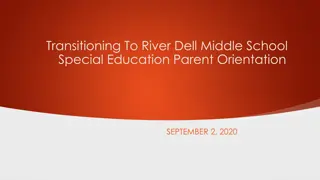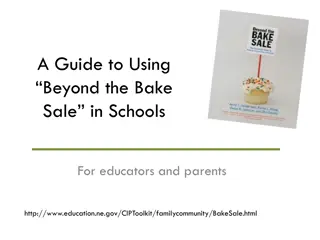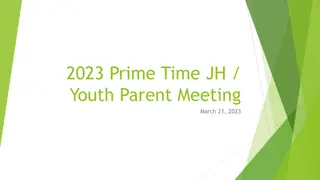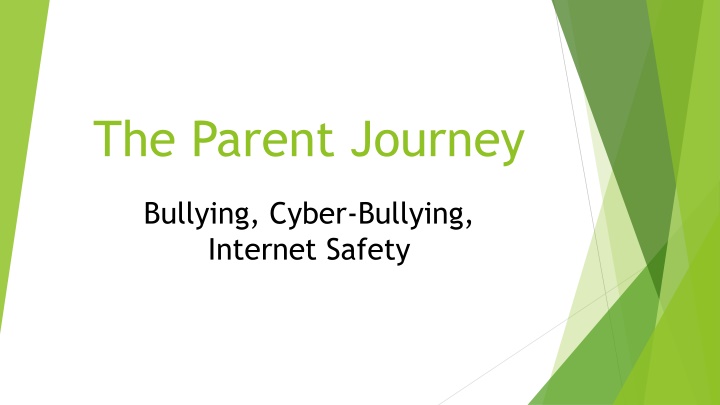
Bullying, Cyber-Bullying, and Internet Safety
Learn about the definitions of bullying and harassment, including cyberbullying. Understand different forms of bullying, such as indirect bullying, and explore the dangers of cyberbullying. Discover why cyberbullying is different and the consequences it can have on individuals. Safeguard children, preteens, and teens by educating them on online safety measures and recognizing the signs of bullying.
Download Presentation

Please find below an Image/Link to download the presentation.
The content on the website is provided AS IS for your information and personal use only. It may not be sold, licensed, or shared on other websites without obtaining consent from the author. If you encounter any issues during the download, it is possible that the publisher has removed the file from their server.
You are allowed to download the files provided on this website for personal or commercial use, subject to the condition that they are used lawfully. All files are the property of their respective owners.
The content on the website is provided AS IS for your information and personal use only. It may not be sold, licensed, or shared on other websites without obtaining consent from the author.
E N D
Presentation Transcript
The Parent Journey Bullying, Cyber-Bullying, Internet Safety
Definition of Bullying/Harassment Bullying/Harassment means physically, verbally or emotionally hurting someone on purpose. It is unwanted and repeated.
Bullying/Harassment REPEATED IMBALANCE OF POWER PURPOSEFUL
Indirect Bullying can be: Getting another person to bully for you Intimidation Spreading Rumors and Gossip Deliberately excluding someone Relational aggression: gossip, lies, betrayal Cyber-bullying
CYBERBULLYING Cyberbullying is bullying that takes place using electronic technology. Electronic technology includes devices and equipment such as cell phones, computers, and tablets as well as communication tools including social media sites, text messages, chat, and websites.
Children, Preteens and Teens: Use Instant Messages (IM) to Talk Back and Forth to their Friends: Social Networks Might Create their Own World, on Websites or Profiles Compete to See Who Has the Most Friends on Buddy List Often Do Not Understand How Large the Cyber World is (WWW) World Wide Web Posting and Viewing Videos Playing Games 6
Online Gaming Used to Be for Solitary Playing Now Multi-Players Examples of sites: Runescape, World of War Craft, Club Penguin, WeeWorld Safety Tips: No sharing of personal information, Teach how to report on the sites, (bullies), set time limits 7
Why Cyberbullying is Different? It can happen any time of the day or night Messages and images can be posted anonymously and distributed quickly to a very wide audience
Consequences of Cyber-bullying More People are Exposed to the Bullying Cyber-bully Feels Invisible Easier to Not Have Empathy, Can t See the Victim Person Might Not Be Aware They are a Victim Embarrassment, Conflict, Hurt, Anger, Depression, Isolation, Suicide 9
How To Prevent Cyber-Bullying Be aware of what your kids are doing online Set rules about technology use
What Can You Do To Reduce or Stop Cyber-bullying Change the Cell Number or E-mail Address Use Blocks or Private Feature Report Bully to Your Internet Provider Don t Respond to Bully Teach Netiquette, Discuss Responsible Internet Behavior Listen to Your Child Discourage the Use of Personal Data Google your child s name 11
A Few Basics: Internet Safety Begin to Catch Up; They Know Too Much More Than We Do View Their Profile or Web Page Tell Them You ll be Monitoring Become an Active On- Line Parent Move the Computer to an Open Area Share Your Concerns But Don t Over-React or Under-React Wandering online can lead to trouble: set time limits 12
Social Networking Sites Facebook Twitter Tumblr Instagram YouTube Flickr Ask.fm
Resources/Websites Internet Safety www.netsmartz.or www.esrb.org (gaming info) www.stopbullying.gov www.isafe.org



